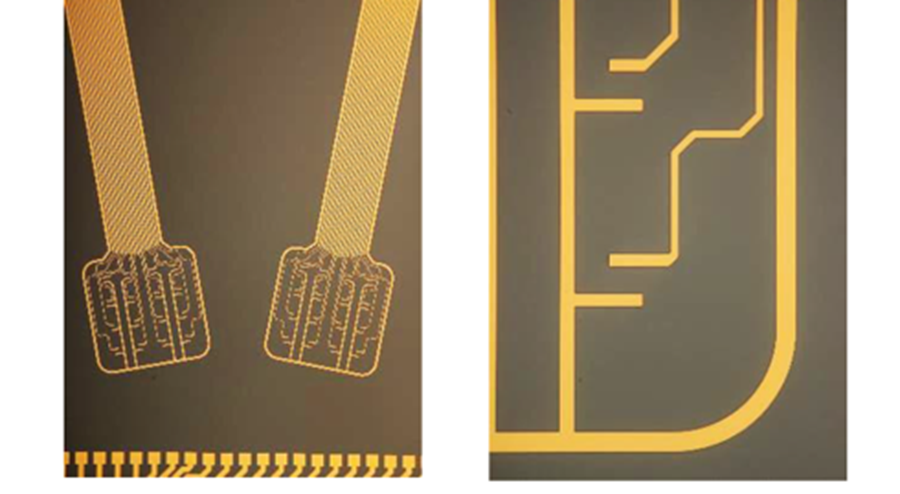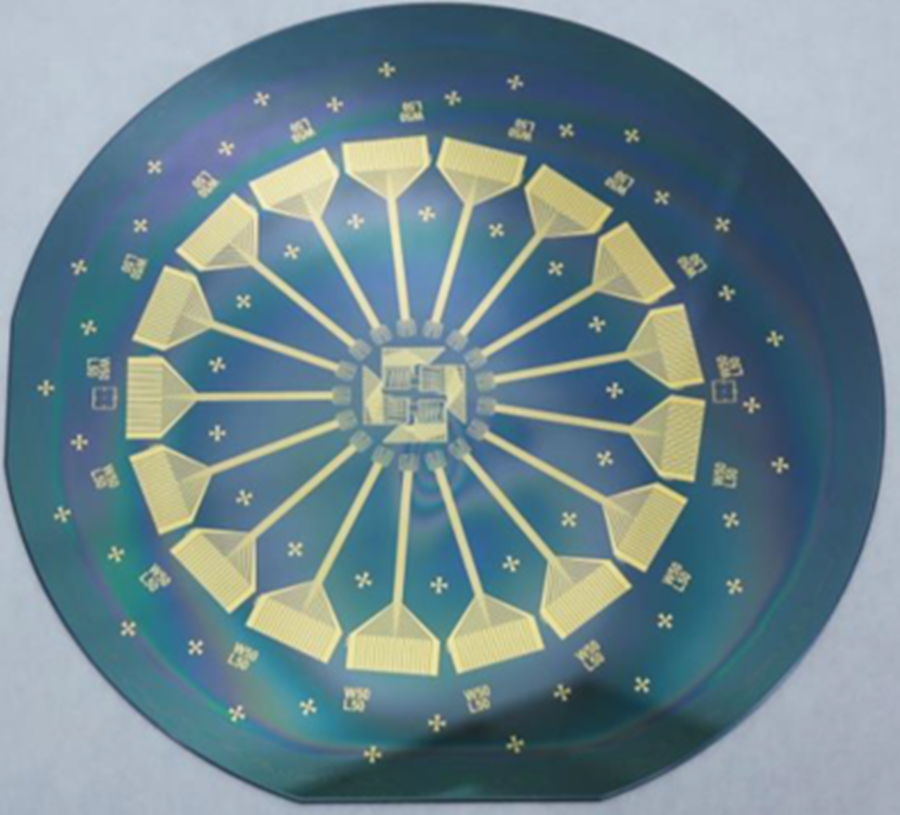Graphene-based biomedical technologies
Meet the team developing methods to treat neurological diseases like epilepsy and Parkinson’s.
The Biomedical Technologies Work Package designs devices to manage diseases of the central nervous system, all based on various types of graphene and layered materials. They develop flexible graphene-based devices to record brain activity and explore these technologies for the treatment of blindness, epilepsy and Parkinson’s using pre-clinical disease models.
They worked with Graphene Flagship industrial partners to launch two commercial products by the end of the Core 2 phase. This is a great achievement, as the Graphene Flagship roadmap predicted applications in medical technology by 2023 to 2024. In addition, they are now performing the first in-human clinical trials of graphene-based neural interface devices. These activities show that the Work Package is at the cutting edge of this exciting technological field.

Partner company Guger Technologies, Austria, developed a biosignal amplification and acquisition system that enables recording from graphene transistors. The device has a TRL of 7, meaning their prototype has been demonstrated in an operational environment. Multi Channel Systems, also a Graphene Flagship partner, used graphene-based neural probes and headstages to develop headstages: all-in-one solutions for amplifying, recording and analysing data in living organisms or cells. The devices have a TRL of 8, showing that the devices are complete and qualified. They plan to market the devices in 2021.
Their story
The Work Package was established three years after the Graphene Flagship’s inception. Initially, the Graphene Flagship focused more on physics and materials, so graphene’s biomedical applications came along a bit later. However, the great potential of graphene and layered materials for next-generation medical technologies became evident very early on. So, in 2016, the Graphene Flagship launched the Biomedical Technologies Work Package.
In these four years, the Work Package focused on investigating several graphene and layered material-based applications in the central and peripheral nervous system. Their goal was to identify the most promising applications of these materials in the field.
In Core 3, their focus is to further raise the technology readiness level (TRL) of their devices for selected, targeted areas, ensuring they are adopted by clinics and industry. To reach this goal sooner, they work closely with a Business Developer focused exclusively on this field. The Graphene Flagship’s industrial and clinical partners are becoming increasingly important for Biomedical Technologies.
Their research
The applications of their research in the field of neuroscience are already moving forward. For instance, two industrial partners of the Work Package, Multi Channel Systems GmbH, Germany, and Guger Technologies OG, Austria, launched commercial products developed within the Work Package.
Now, they aim to design graphene-enabled sensors that record seizures in patients with epilepsy. Together with partners ICN2 and ICREA, they launched spin-off company INBRAIN Neuroelectronics, which will use this graphene-enabled technology to detect seizures moments before they happen, with greater precision than current technologies.
In addition, they are investigating how graphene can improve the electrical stimulation of neuronal circuits to rehabilitate patients with blindness or Parkinson’s. This technology could open the door to brain-machine interfaces that reintroduce lost brain function.

The scientific output of our work Package directly contributes to the UN’s Sustainable Development Goal 3: ensuring healthy lives. Furthermore, through our conscious and ethical hiring, purchasing and waste disposal practices, we also ensure that our research meets SDGs 5, 8 and 12: for gender equality, sustainable economic growth and sustainable production.
Their impact
They launched the first graphene-based neural interface device, in collaboration with Graphene Flagship partner Multi Channel Systems, aimed at the neuroscience market. This development will allow neuroscientists around the world to use graphene for their own research, and lead to new discoveries about the human brain beyond the scope of the project.
An additional and remarkable accomplishment during such a challenging year was the creation of INBRAIN Neuroelectronics, a new start-up company. INBRAIN uses licensed technology owned by ICN2, ICREA and the University of Manchester, all three of which are partners of the Graphene Flagship. Furthermore, INBRAIN also recently joined the Graphene Flagship as a full partner.
Their technologies have all significantly benefited from the synergy with other Work Packages enabled by the Graphene Flagship. They all belong to the same large consortium, meaning they can easily communicate with each other, sharing know-how, results and more. In this way, close interactions with other teams working on materials, electronics and industrialisation have accelerated the maturity of this Work Package’s technology.
Their future
In Core 3, the Work Package’s objectives have advanced considerably – to the point that several companies are now involved with commercialising their graphene-enabled products, or commencing investigations in clinical settings. In a few years, they are pleased to have achieved many of their short-term goals.
But their ambitious long-term objectives, like using electrical stimulation to rehabilitate patients, will require long-term studies to assess safety and efficacy. These technologies are poised to be included in medical devices expected to last several decades, so it is important for them to be safe and durable. Therefore, in this funding phase, they expect to provide proof-of-concept devices ready to enter clinical trials. These studies will also provide highly valuable information on graphene’s performance in a real clinical setting.
Now we are performing the first in-human clinical trials of graphene-based neural interface devices. We are at the cutting edge of this technological field.”
Work Package Leader




